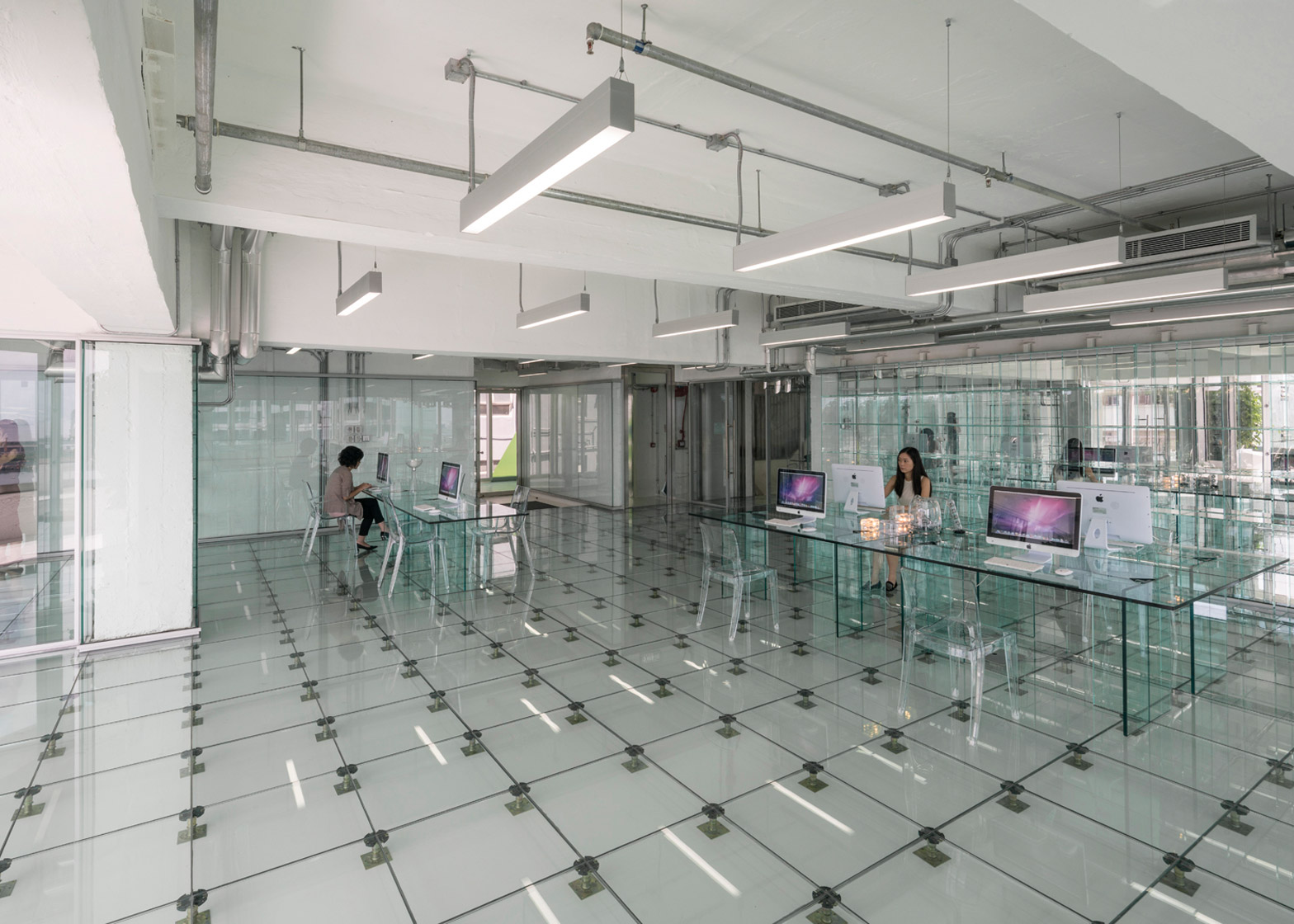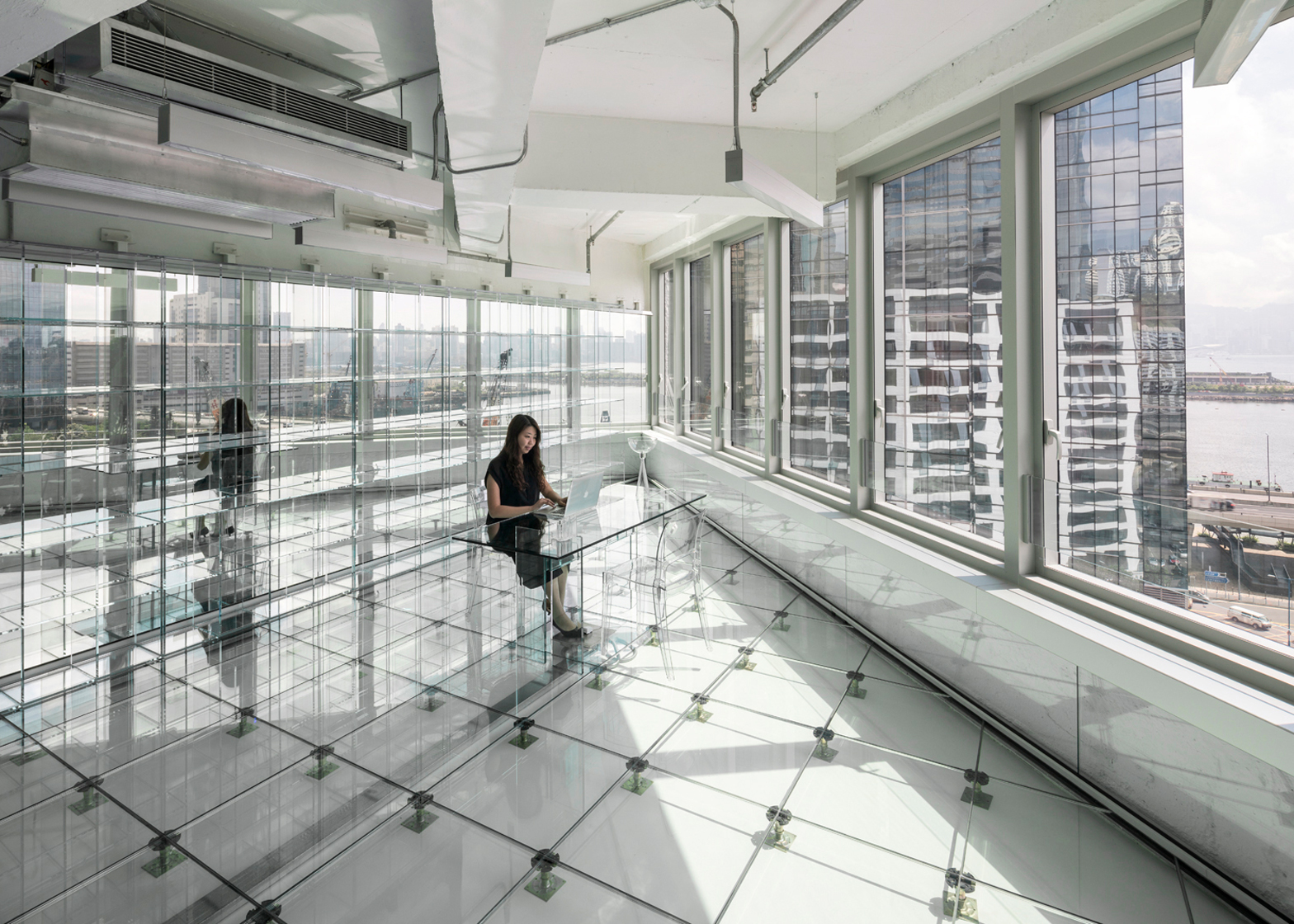In business, clients value transparency. It breeds trust, satisfaction and loyalty. But in the literal sense, transparency is not necessarily top of your clients’ wish list.
Transparent glass walls are an attractive design element that let more natural light into your workspace and encourage friendly collaboration – all things that coworking spaces strive for. Yet concerns over privacy and security are a stubborn thorn in the side of innovative workspace design.
During the 2016 Social Workplace Conference, JLL’s senior researcher Karen Williamson and workplace strategist Maciej Markowski cited concerns over privacy risks, and how it represents a real obstacle for corporates looking to station permanent employees in external coworking spaces.
During a quick tour of the conference venue, it’s perhaps easy to see where those concerns are coming from. Serviced offices on the upper floors of the building line the corridors, and for many, the only separation between desk-based workers and passers-by is a clear glass wall. While this lets in plenty of light for internal offices and communal spaces, it’s also surprisingly easy to gaze directly onto members’ laptop screens and monitors.
Would a competitor go so far as to pry in this way? It seems unlikely, but prospective clients might not be so sure.
Still, the design world isn’t ready to let go of workspace transparency. In fact, one architect is positively embracing it — in both the literal and the metaphorical sense — at a corporate office block in Hong Kong.
Designed with an almost completely transparent interior, featuring glass walls, floors, and even fire-resistant glass lift shafts, Dutch firm MVRDV really went to town on transforming a 13-storey factory into a light, inspirational and spacious workplace.
MVRDV says the use of glass gives “ultimate transparency” to the workplace, which is now aptly known as the Glass Office:
“We are moving into a transparent society, businesses are becoming more open with the public, and people care more about what goes on behind closed doors. In that way, a clear workspace leaves nothing questionable, nothing hidden; it generates trust,” said MVRDV co-founder Winy Maas.
Would such an innovative approach work in a shared office environment? With heightened concerns over data security and intense market competition, your clients might not be so sure.
But the abundance of natural light and the feeling of space creates a working environment that’s nothing short of inspirational. Furthermore, it’s an apt symbolisation of today’s startup-friendly world in which entrepreneurs thrive on a diet of open collaboration and shared knowledge, and the architects’ vision of a more transparent workplace sets an important precedent. It’s good, healthy stuff.
Images copyright Ossip van Duivenbode | MVRDV



 Dr. Gleb Tsipursky – The Office Whisperer
Dr. Gleb Tsipursky – The Office Whisperer Nirit Cohen – WorkFutures
Nirit Cohen – WorkFutures Angela Howard – Culture Expert
Angela Howard – Culture Expert Drew Jones – Design & Innovation
Drew Jones – Design & Innovation Jonathan Price – CRE & Flex Expert
Jonathan Price – CRE & Flex Expert












